Search the Special Collections and Archives Portal
Search Results
Connie Atkinson Collection of Sheet Music and Music Scores
Identifier
Abstract
The Connie Atkinson Collection of Sheet Music and Music Scores is comprised of original music manuscript arrangements, both handwritten and printed, from composer and arranger Connie Atkinson dating from approximately 1949-2009.
Archival Collection
Sidney R. Whitmore Photograph Album
Identifier
Abstract
The Sidney R. Whitmore Photograph Album contains photographs dating from approximately 1920 that document the Colorado River and mining in El Dorado Canyon, Nevada.
Archival Collection
Clark County Community College Photograph Collection
Identifier
Abstract
The Clark County Community College Photograph Collection consists of black-and-white photographic prints dating from approximately 1977 to 1982. Images depict students, student events, administrative staff, academic faculty, and administrative faculty, including two of the college's presidents, Dr. Russell Bloyer and Dr. Judith Eaton.
Archival Collection
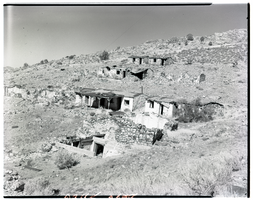
Film transparency of a ghost town, Delamar, Nevada, 1956
Date
Archival Collection
Description
Image
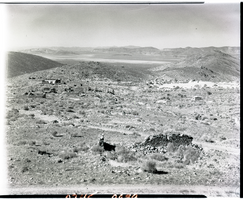
Film transparency of a ghost town, Delamar, Nevada, 1956
Date
Archival Collection
Description
Image
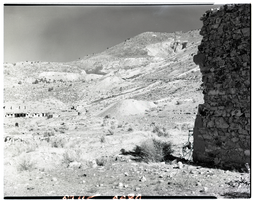
Film transparency of a ghost town, Delamar, Nevada, 1956
Date
Archival Collection
Description
Image

Dr. Alvaro Vergara-Mery oral history interview: transcript
Date
Archival Collection
Description
Oral history interview with Dr. Alvaro Vergara-Mery conducted by Barbara Tabach on October 28, 2020 for the Latinx Voices of Southern Nevada Oral History Project. Alvaro discusses his personal history and his upbringing in both Chile and the United Kingdom before immigrating to the United States; due to political unrest in Chile, he moved to the U.K. where his mother was born before attending university in the United States. Alvaro talks about his work as a medical interpreter for University Medical Center (UMC) as well as his college teaching experience at University of Nevada Las Vegas and California State Berkley.
Text
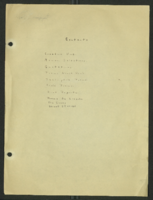
Mabel Hoggard: folder of materials related to her artistic interests
Date
Archival Collection
Description
Folder of materials from the Mabel Hoggard Papers (MS-00565) -- Personal papers file. This folder contains poems, quotations, essays, and short stories. It also contains Living Blues magazine (autumn 1971), a concert poster for vibraphonist Jay Hoggard, magazine clippings, visual art, letters, programs, and The Nixon Theater booklet (season 1903 and 1904, not digitized in its entirety).
Mixed Content
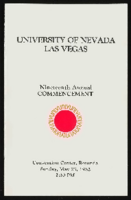
University of Nevada, Las Vegas (UNLV) 19th commencement program
Date
Archival Collection
Description
Commencement program from University of Nevada, Las Vegas Commencement Programs and Graduation Lists (UA-00115).
Text
Mo Denis (Nevada Legislature, Senator) oral history interview conducted by Magdalena Martinez: transcript
Date
Archival Collection
Description
From the Lincy Institute "Perspectives from the COVID-19 Pandemic" Oral History Project (MS-01178) -- Elected official interviews file.
Text
